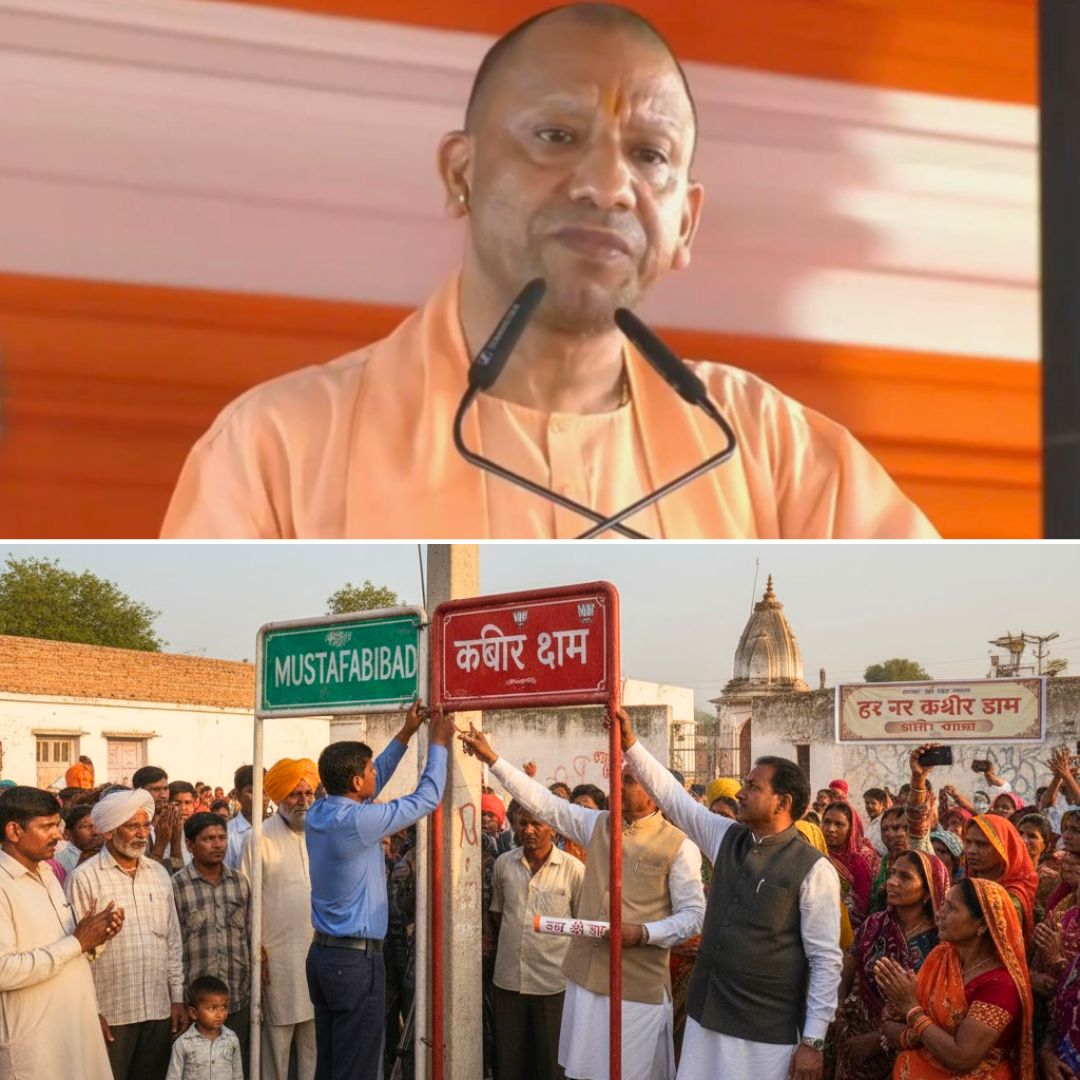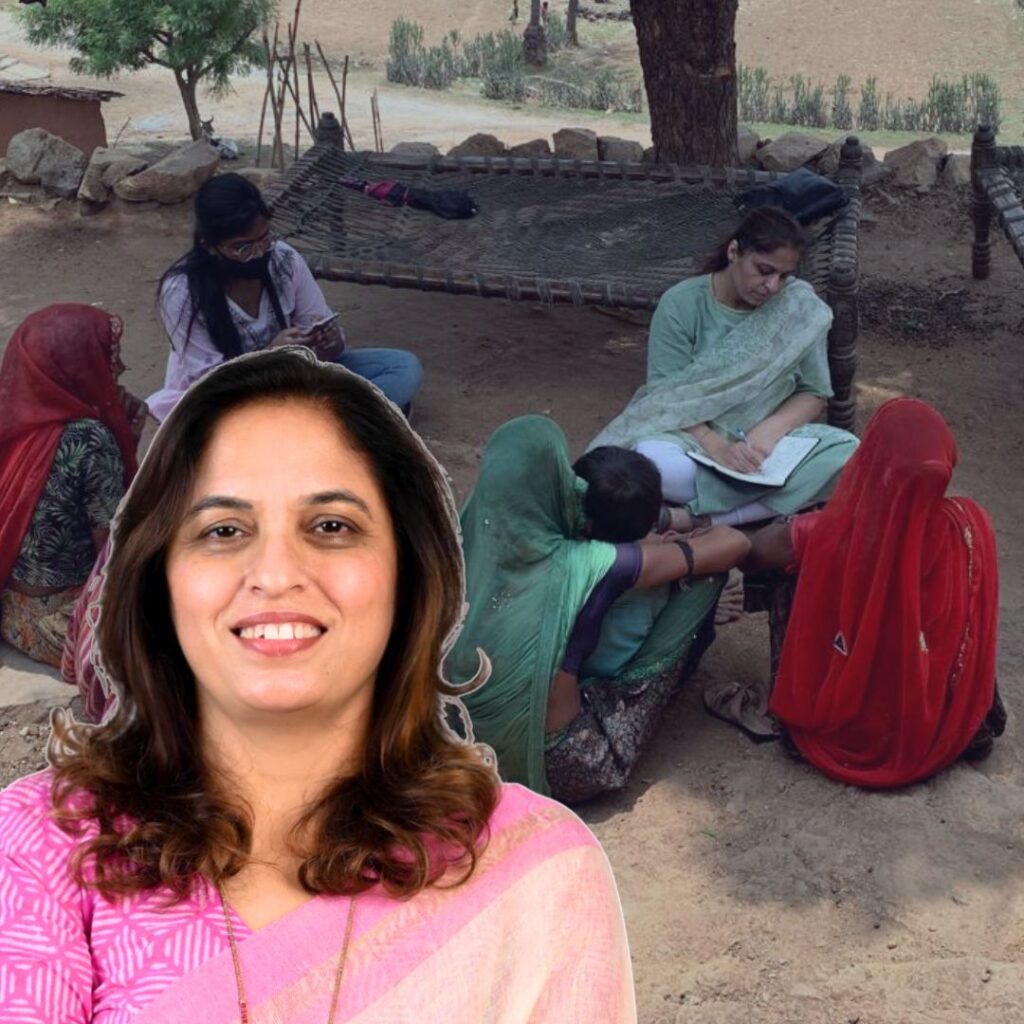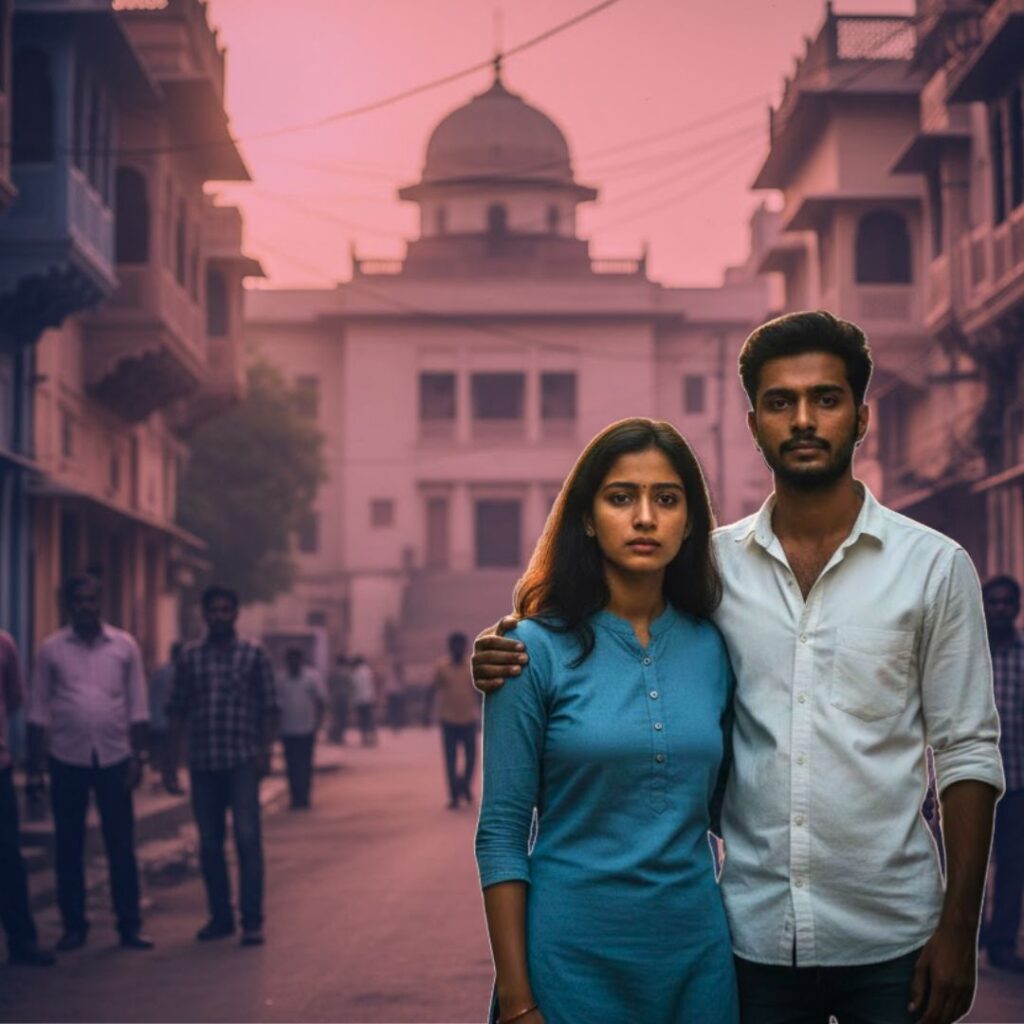Uttar Pradesh Chief Minister Yogi Adityanath recently announced the proposal to rename Mustafabad village in Lakhimpur Kheri district to Kabir Dham, citing heritage restoration and the absence of Muslim residents as justification.
The decision, made public during a local festival, has sparked significant political debate, with state opposition and civil society voicing concern over the communal undertones and broader implications. As authorities begin the formal process, reactions continue to pour in, highlighting questions around identity, governance, and social cohesion.
“Restoring Heritage”: The Official Stand
During the 2025 Smriti Mahotsav in Mustafabad, CM Yogi Adityanath shocked attendees by asking local officials about the presence of Muslim families in the village. On learning there were none, he announced, “The name Mustafabad will be changed to Kabir Dham, restoring the area’s glory and reconnecting it with Sant Kabir’s historic legacy.”
The village, comprising around 600 residents from Brahmin, Yadav, and Verma communities, has long celebrated local festivals linked to Kabir Das. Officials have since begun moving a proposal for the renaming, with the Chief Minister assuring villagers that their pride and faith will now have a “rightful place in history” under the new name. Echoing earlier BJP-led renamings of Allahabad to Prayagraj and Faizabad to Ayodhya, Adityanath claimed the move corrects historical “injustices” while promoting infrastructural and religious-site tourism.
Addressing villagers, Adityanath said, “We are no longer using public funds to build kabristan (graveyard) boundaries, but instead, we are developing pilgrimage and faith sites for all major religions.”
He insisted that the renaming was not meant to polarise but to “preserve the civilisational identity” of the region, aligned with his government’s vision of reviving religious and cultural sites statewide.
Political and Social Backlash
The announcement has reignited fierce debate across political and civil society landscapes. Leaders from the Samajwadi Party (SP) sharply criticised the Chief Minister’s remarks and intent. Fakhrul Hasan Chaand, an SP spokesperson, accused the government of “politics of division,” arguing that the name change is a distraction from governance failures in security, women’s safety, and rural development.
“The BJP plays politics in the name of religion-Hindu, Muslim, temple, mosque-rather than focusing on actual welfare and development. Our previous government developed cremation and graveyard sites with equal priority, not just one community,” he countered.
Congress and other opposition parties echoed these concerns, stating that communal references risk further marginalising minorities. Critics argue that resource allocation for symbolic changes overlooks ground realities, such as a lack of healthcare centres and basic amenities in rural UP.
Civil society organisations also flagged the move’s timing, questioning whether it is designed to consolidate certain vote banks ahead of future elections.
Simultaneously, some residents and local leaders support the move, viewing it as an opportunity to boost the village’s development through increased tourist attention and state investments in associated infrastructure.
However, a segment of villagers expressed hope that government attention would also address persistent issues like irrigation, jobs, and education, which remain far more pressing for daily life.
Kabir Dham and the History of Place Names
Mustafabad, situated near pilgrimage sites associated with Kabir Das’s teachings and samadhi, reflects centuries-old traditions entwined with the Sant Kabir legacy. The announcement is part of the Adityanath government’s broader campaign to revert to what it calls “original” or “historically accurate” names-reversed in some cases by prior administrations.
Previously, official efforts extended to cities like Prayagraj and Ayodhya. Proponents claim such measures reclaim lost heritage and local pride. They argue that place names act as living history, guiding the identity and memory of communities for generations.
Detractors, however, highlight that communal undertones-especially references to religious demography-risk alienating minority groups and upending the tradition of coexistence that saints like Kabir themselves preached.
Critics warn that attaching cultural reforms to population identity opens the door to harmful social exclusion, when Indian democracy is best served by celebrating the subcontinent’s composite culture and shared past.
The Logical Indian’s Perspective
Heritage and history are essential elements of India’s pluralistic society, deserving preservation and pride. However, meaningful restoration should build unity, not deepen divisions. Kabir Das himself spoke against social segmentation and stood for harmony across religious lines.
While state efforts to invest in cultural tourism and restore significant sites are welcome, they should never get mired in exclusionary rhetoric.
Bridging the gulf between heritage and harmony demands wisdom, empathy, and inclusive intent from all stakeholders-politicians, bureaucrats, villagers, and citizens alike. As India continues to evolve, the debate over place names serves as a reminder that the country’s identity thrives on coexistence, mutual respect, and compassion.
हमने कहा कि अब यह नाम बदलना चाहिए,
— Yogi Adityanath (@myogiadityanath) October 27, 2025
मुस्तफाबाद नहीं, कबीरधाम इसका नाम रख दो… pic.twitter.com/aXeU61Mde6













